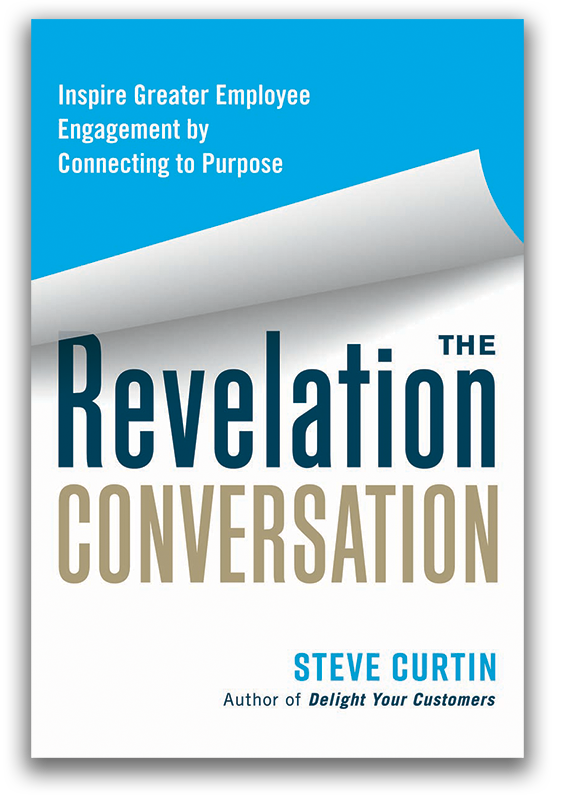 After buying our first home in 2000, my wife and I spent many weekends shopping at The Great Indoors, a home décor chain founded by Sears in 1997. One of our early purchases was a Kenmore canister vacuum cleaner. For more than a decade until the retail chain became defunct in 2012, I returned to the store whenever I needed replacement vacuum bags.
After buying our first home in 2000, my wife and I spent many weekends shopping at The Great Indoors, a home décor chain founded by Sears in 1997. One of our early purchases was a Kenmore canister vacuum cleaner. For more than a decade until the retail chain became defunct in 2012, I returned to the store whenever I needed replacement vacuum bags.
After The Great Indoors closure, I bought my vacuum cleaner bags at the Sears store located in Cherry Creek North. It’s telling that I only visited that store twice between 2012 and March of 2015, when it shuttered after more than 60 years in business. Both times, my sole purchase was vacuum cleaner bags.
The Great Indoors is now just a footnote in the history of the once venerable American retailer. There were other mergers and acquisitions, from the discount retailer, Kmart, to the investment firm, Dean Witter. By the end of 2018, Sears and Kmart chains had around 700 locations remaining in the U.S., compared to a total of 3,500 combined locations when they merged in 2005. Sears filed for Chapter 11 bankruptcy protection on Oct. 15, 2018, listing $6.9B in assets and $11.3B in liabilities in the filing.
So what happened to Sears? Before you say, “Amazon,” let me summarize the points made in the Saturday/Sunday, March 16-17, 2019 Wall Street Journal article by Suzanne Kapner, How Sears Lost The American Shopper:
Failure to genuinely focus on customers:
According to former company vice president, Lynn Walsh, “There was a new policy where in every conference room, one of the chairs had this cloth label on it that said, ‘The Customer.’ The point was that in every conversation you need to be aware of what does the customer want. In my first meeting where there was that chair, there was a conversation about Walmart and do we need to be concerned? I remember listening to the senior executives in the room conclude, ‘Walmart can’t touch us.’” (Since 1990, Walmart’s market value has increased 750% whereas Sears’ market value had declined 99%.)
Failure to innovate:
Barbara Kahn, a professor of marketing at the Wharton School observed that when “(Walmart) came along with its great service and low-prices, other retailers started to innovate more with products and service. Sears and Kmart simply trudged along and thought that was good enough.” Sears also failed to get off mall with a viable, important retail format. Sears did try the Sears Grand concept, basically a big-box store that was right across the highway from Walmart , Target, Home Depot and Lowe’s. Although those stores’ annual sales exceeded its mall stores’ sales by 80 percent, Sears couldn’t build enough stores to catch up to what was at that point 1,000 outlets being opened every year by its established big-box store competition.
Failure to adapt:
Even though Sears had a tremendous head start to launch as an online retailer, given its abundance of customer data and established distribution network, it failed to adapt its catalogue business quickly enough to capitalize on an increasingly connected and web savvy consumer. Amazon’s total sales were just 17% of Sears’ in 2005, the first full year after the Kmart merger. By 2016, however, Amazon made $136B in sales to Sears’ $22B.
Failure to execute:
In order to look more like a “mall store” showcasing apparel, Sears took its profitable hardware and appliance departments and moved them to the back of the store. Doing so unwittingly allocated extremely profitable floor space to apparel that was underperforming both revenue-wise as well as profit-wise. And after Sears bought Lands’ End and began to display its merchandise in the stores, it created a disconnect with consumers. According to former company CEO, Alan Lacy, “Here’s a (Lands’ End product) that never went on sale, surrounded by product that was always on sale.”
Sears reached its pinnacle in 1974. In the 1980s, there was a lot of focus on Allstate, Dean Witter, Coldwell Banker, and the Discover credit card. The management team was distracted away from the retail business and there was, according to Frank DeSantis, former Sears district manager, “almost an arrogance with regard to the competition.” These flaws together with the failures outlined above lead to the unraveling of an American retail icon.
While there were plenty of missteps, I thought it was interesting to note that Sears instituted “The Customer” chair decades before Amazon founder, Jeff Bezos, famously introduced the same empty chair in conference rooms across the company in order to give absent customers a voice—a symbolic seat at the table. Although Sears’ stated goal in doing the same was to include the customer, its real goal was to forge ahead with its own agenda regardless of what the customer wanted.
Bezos has said, “Start with the customer and work backward…Obsessing over customer experience is the only long-term defensible competitive advantage.” Amazon has supplanted Sears as the nation’s leading retailer, in part, because its stated and real goals with respect to customer focus are aligned.
The irony is not lost on me that Sears’ abuse of “The Customer” chair contributed to its unseating by Amazon.



